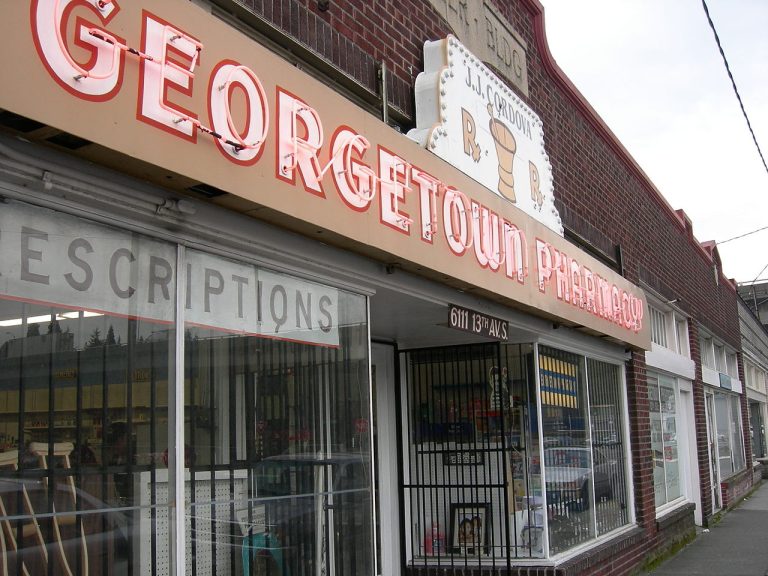Published on January 20, 2022

University of Washington researchers recently completed an analysis of pharmacy deserts. While the publication is in the review process, Rachel Wittenauer, a Ph.D. student with the university’s CHOICE Institute, said roughly 450,000 adults statewide in both urban and rural areas are living in pharmacy deserts.
Pharmacy desert communities are defined as being both low-income and one in which two-thirds of the population lives more than one mile away from a pharmacy in an urban area, or at least 10 miles away in a rural area.
“They’re underleveraged in terms of their distribution, and it’s important to consider which types of populations have access to them,” Wittenauer said.
The analysis found that roughly 30% of census tracts in Washington were designated as higher-risk for COVID infection and complications. Of census tracts that were pharmacy deserts, two-thirds were at high-risk. Many of these are in areas that are already disadvantaged, or are bearing the impacts of structural inequity and racism.
While the UW analysis did not specifically look at race, Wittenauer said most other studies on the subject find pharmacy deserts occur heavily in non-white communities.
“The structural components of that are obviously an underlying issue here,” Wittenauer said.
Pharmacies are the most widely-distributed health care access point, and when they close, it can impact people’s ability to receive care. Recent studies have found that proximity to pharmacies impacts the rate at which people receive vaccines and other medications.
In its analysis, the University of Washington made three policy recommendations to address pharmacy deserts. The first is urging Congress to approve the Pharmacy and Medically Underserved Areas Enhancement Act, which would allow pharmacists to be reimbursed for some health care services under Medicare Part B in underserved areas.
The second recommendation is to consider different financing mechanisms for pharmacies beyond medication reimbursement, and to find ways to encourage pharmacies to stay open in underserved and rural areas. In addition to dispensing, other costs include rent and labor which can be addressed outside of reimbursements.
Third, the analysis recommends using technology—specifically telehealth —to let pharmacists consult with patients.
Originally written by Aaron Kunkler for State of Reform.